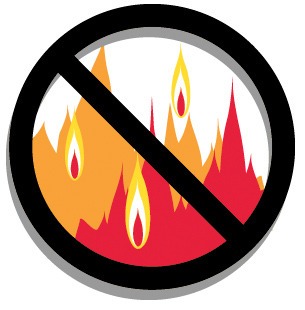With cooler, wetter weather conditions in areas west of the Cascades, the Washington State Department of Natural Resources (DNR) is lifting the ban on outdoor burning on DNR-protected lands in western Washington, effective today.
“The fall weather pattern has begun on this side of the mountains,” said Commissioner of Public Lands Peter Goldmark, who directs DNR. “We’re now seeing higher levels of precipitation and relative humidity that enable us to lift the burn ban in western Washington.”
The situation is different in eastern Washington, where precipitation has been spotty and wildfire conditions are still dangerous. Firefighters continue to battle large fires on that side of the state, including the Okanogan Complex, Tunk Block, Kettle Complex and North Star.
Wildfire in Washington has burned 994,317 acres this year, making it the worst season on record.
County burn bans may still be in effect in various locations throughout western Washington, and residents should check with local fire districts for information. If campers and visitors are unsure about whether a campground is on DNR-protected land, they should check with local park authorities. Also, check with them on any campfire restrictions that may be in place.
Fireworks and incendiary devices, such as exploding targets, sky lanterns, or tracer ammunition remain illegal on all DNR-protected lands.
Those who negligently allow fire to spread or who knowingly place forestlands in danger of destruction or damage are subject to possible civil liabilities and criminal penalties under state law. DNR, as well as anyone harmed by such a fire, may pursue damages that include loss of property and fire suppression costs.
The current burn ban will run through September 30, 2015, and applies to all lands under DNR fire protection east of the Cascade Mountains, which does not include federally owned lands.


